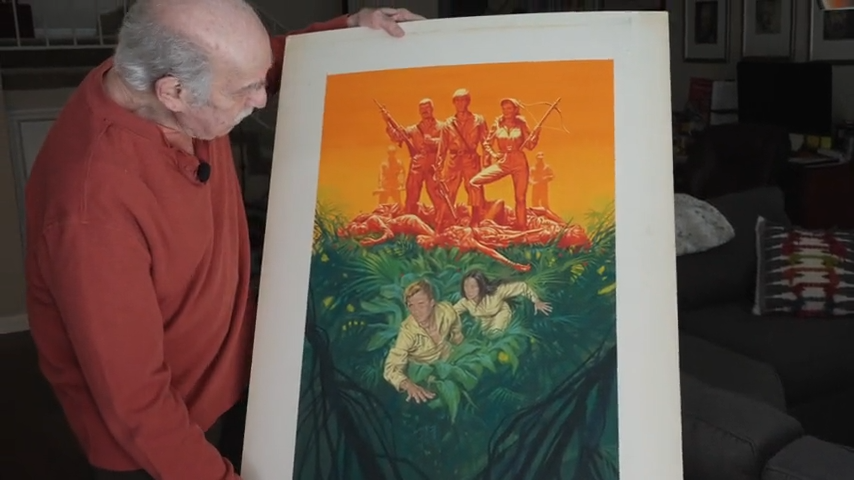Thirty years ago on June 5, the first cases of what would become known as AIDS were reported in Los Angeles.
2010 LA County HIV Surveillance Report | AIDS FAQ
The cases were reported as "Pneumocystis carinii pneumonia (PCP)." A UCLA researcher, Dr. Michael Gottlieb, published articles about "otherwise healthy young gay patients experiencing fungal infections and PCP" in the Centers for Disease Control's Morbidity and Mortality Weekly Report.
The articles caught the attention of other doctors around the world who noticed similar symptoms in their patients.
By October, five months after the first cases were reported, the Centers for Disease Control declared the new disease an epidemic.

A year later, the CDC gave the disease a new name -- Acquired Immune Deficiency Syndrome (AIDS).
"They finally gave a name to the horror that was about to begin," said West Hollywood Mayor John Duran, who was diagnosed with AIDS in 1994. "For many of us, it has been all encompassing for most of our adult lives."
Duran kept a list of the names of friends he lost to AIDS until 1992. By then, the list had 104 names.
"It was starting to negatively psychologically impact me -- the total amount of loss that we were experiencing in this community," he said.
The cumulative number of AIDS deaths in LA County is at 32,188, according to the Los Angeles County Health Department's 2010 report. That number was nearly 9,000 from 1982 to 1990, and about 2,800 in 1994 alone.
Local
Get Los Angeles's latest local news on crime, entertainment, weather, schools, cost of living and more. Here's your go-to source for today's LA news.
In 2010, 207 deaths occurred in people diagnosed with AIDS/HIV in LA County.
Eddie Martinez is the associate director for the Lincoln Park Wall-Las Memorias AIDS monument project. The monument was founded in 1993. It began as a community project and became the first publicly funded AIDS monument in the country.
He said during the 30 years since the first cases appeared, attitudes toward the disease and how it's treated have changed, but challenges remain.
"We will reflect on the fear and discrimination we had back then, but we also reflect on the 30 years of progress," said Martinez. "We have less fear. We have life-saving medications. We have people living longer.
"One area where we seem to have a challenge is preventing new infections," Martinez added. "We also have a challenge with stigma. It's because we are human. When we look back at the stigma in the 80s, it was because there was fear and fear of death. As people are living longer, we have a larger community. But with this larger community, we have this fear of dating somebody with the virus."
Related: Get Tested



